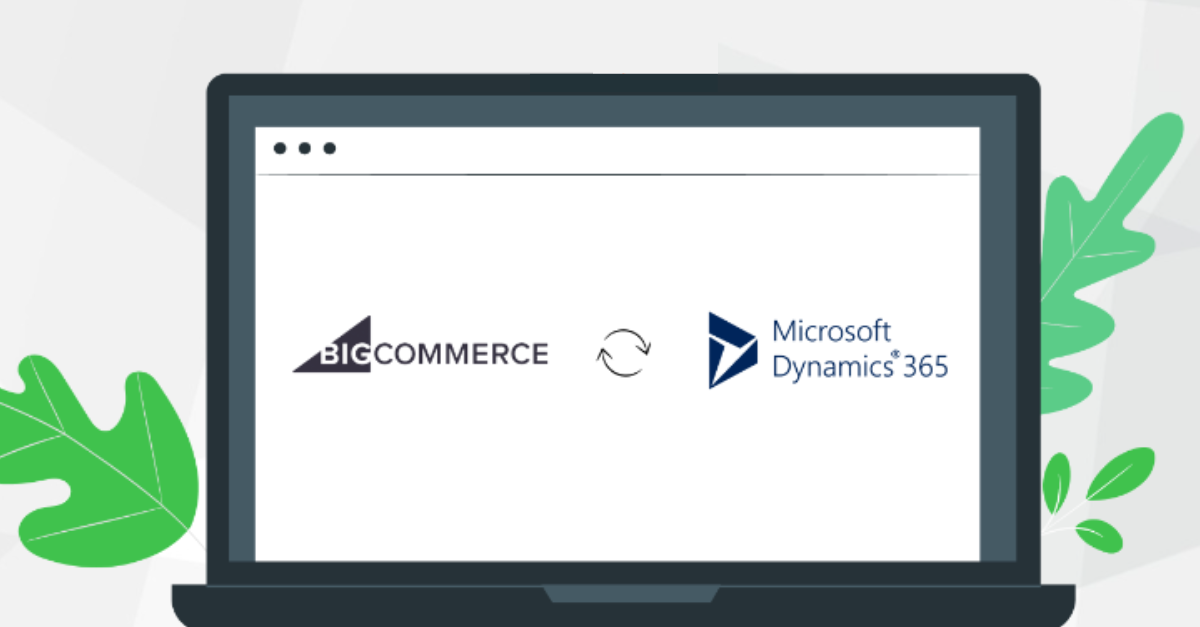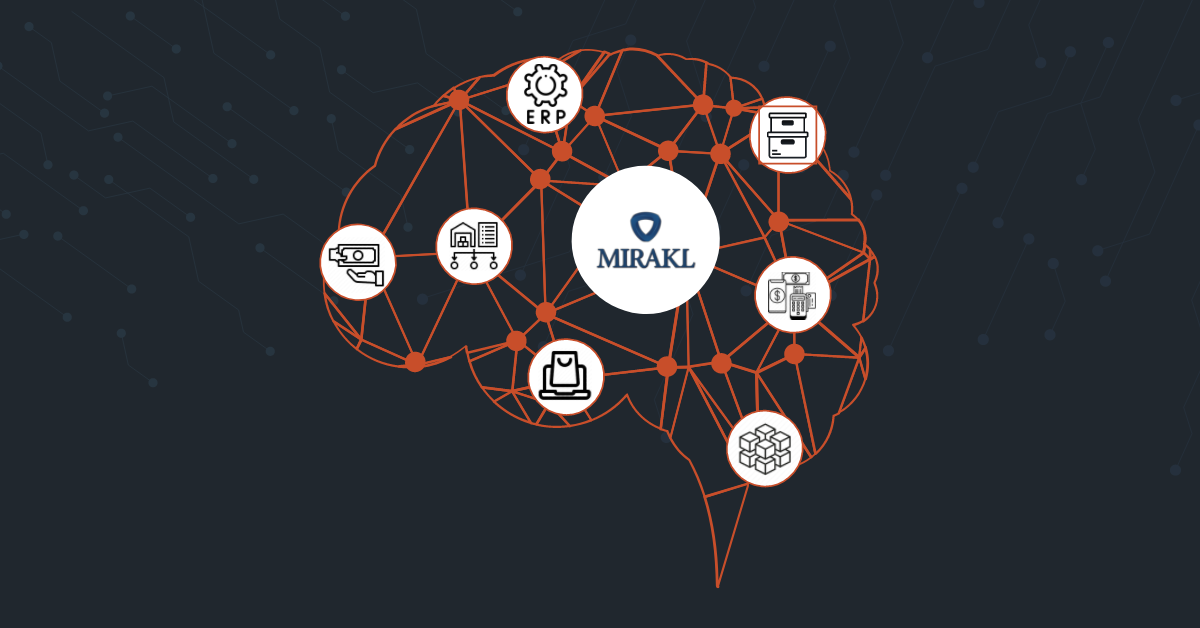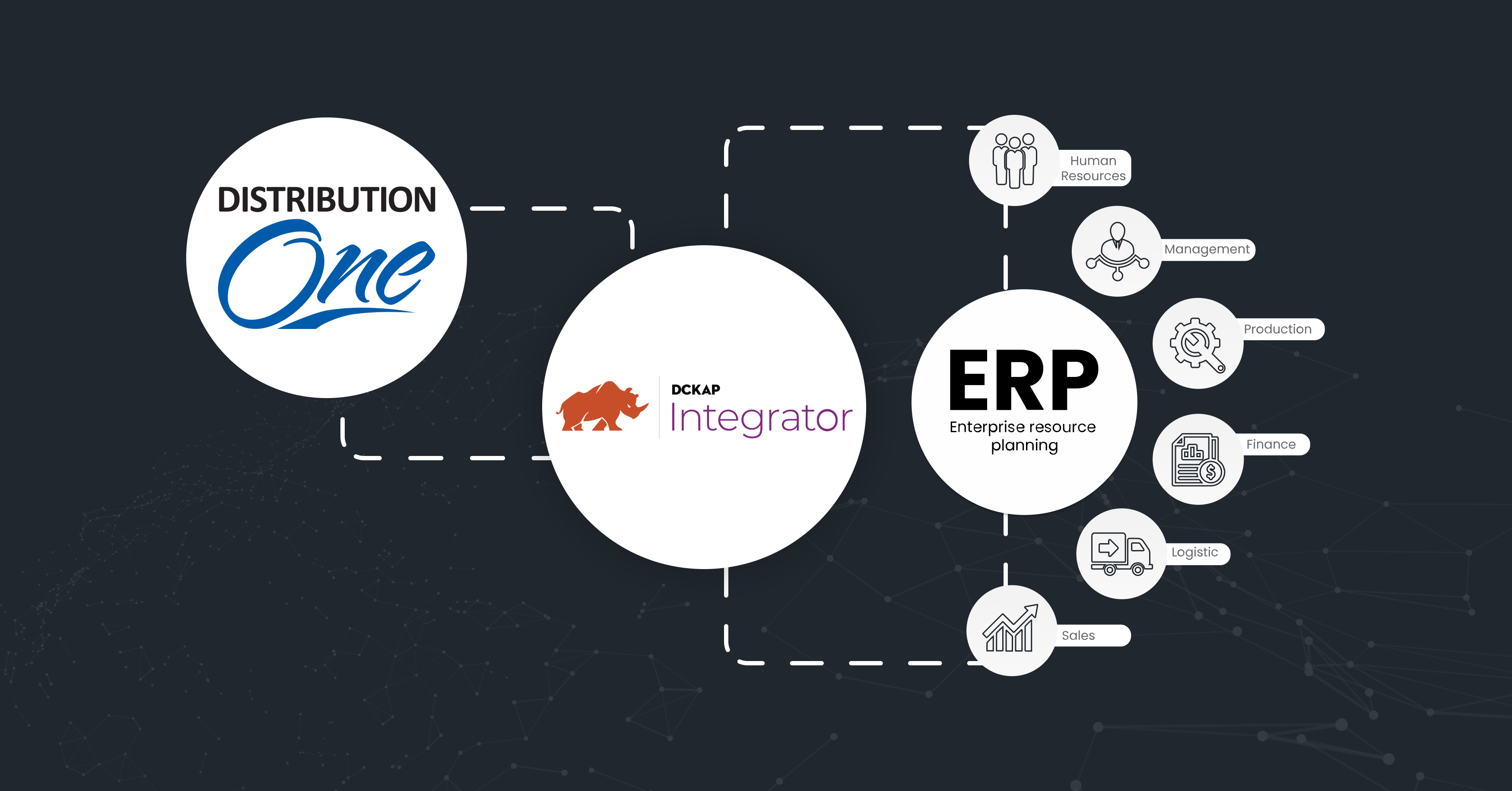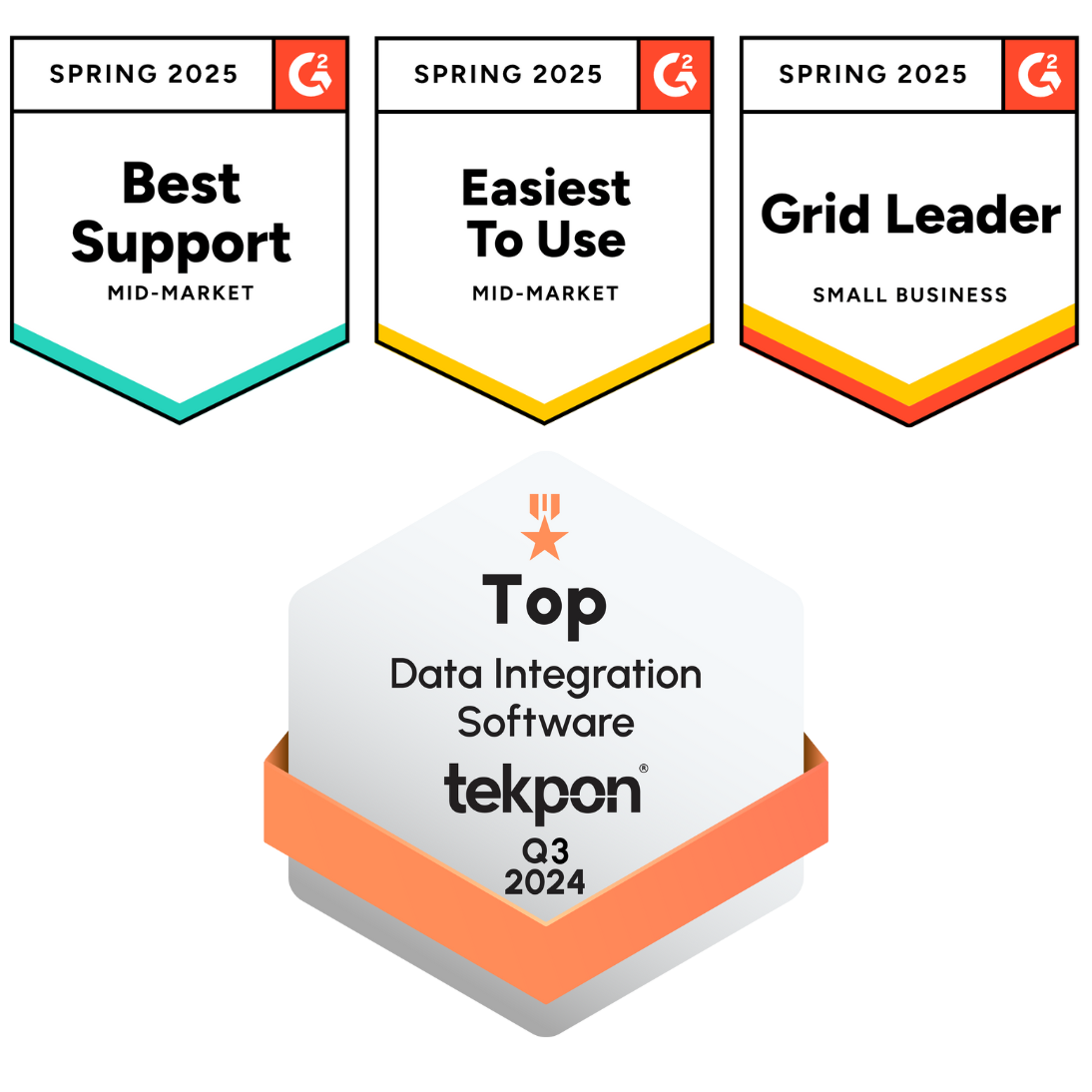What makes a brand successful? While the concept, packaging, and even marketing can go a long way, what makes all the difference is the product being offered. And how it reaches its final consumer.
Needless to say, ensuring effective inventory management is non-negotiable. Effectiveness has never been more closely associated with efficiency as it is today. Markets are seeing increased competitiveness and the means by which your target audience can be reached by them is only ever-increasing.
It’s not merely modern problems needing modern solutions anymore. Whether yours is an omnichannel or a multi-channel setup, automation is key to be able to ensure that your products are distributed optimally to your customers. The good news is: there are many such solutions available today. The bad news is: there are many solutions available today.
That’s where this article comes in, listing your options for ensuring the banes of lack of coordination, outdated information and the like become a thing of the past.
But before we dive in, let’s clear up the basics:
What is inventory management?
Inventory management aims to ensure that one can efficiently track, measure, and deploy your inventory. It’s a crucial business process but also one that poses a challenge to many organizations. In fact, inventory management or automating inventory management is the #1 day-to-day business challenge for 43% of retailers in the United States.
Depending on the organization, this ‘inventory’ may include raw materials, goods in production, those that aid manufacturing, and those ready to hit the market. They are measured in tandem with suppliers and sales to ensure that, at any given point in time, the availability of the inventory is optimized. When done effectively, inventory management can ensure everything from smoother processes within the organization and cost control, to improved customer satisfaction and retention. Safe to say, it’s worth investing in.
Why you should modernize inventory management
Much more than simply managing stock:
The software won’t just offer you a clear idea of the state of your inventory but offers the chance to integrate with other tools and serve a clearer overview of your entire business, including your Product Information Management (PIM) or your Enterprise Resource Planning (ERP) software.
Reduced error, better performance:
Humans can be described in many ways, but error-free is not one of them. An inventory management software solution can take hours of manual effort, promising far more accuracy. This means you can expect significantly reduced chances of overstocking or worse, overselling your product.
Think goals, not just survival:
When you’re not spending your time doing damage-control (or actively trying your best to manually prevent it), your schedule opens up to things that matter: turning dreams into actionable goals. It’s not just the saved time, money, and effort—the inventory management software will also equip you with the information necessary to strategize more effectively and take better calls.
Now, without further ado, here are our recommendations for:
Inventory management software
About: EZOfficeInventory is a cloud-based management software that offers several tools to improve inventory management. The system is built to be intuitive, easy to use, and allows the setting up of custom alerts and productivity-based customized reporting. Works on the Cloud, SaaS, desktop on Windows, and mobile via iOS and Android.
Pricing: Starts $30 per month; 15-day free trial available
About: Brightpearl is an all-in-one order and inventory management tool which allows for easy management of multichannel and multi-location inventory management. It’s best suited for retailers looking at trading $1 million and above and supports up to 200 users. It can be deployed via Cloud, SaaS, on the web, but does not currently provide mobile access.
Pricing: Available on request
About: NetSuite is known to be robust business management software for enterprises. It’s powerful and packed with versatile features built to perform at a global scale. Its features include manufacturing and supply chain management, accounting, ERP, and more. Supports up to 1000+ users, and is most suited to mid-sized companies and departments of larger enterprises.
Pricing: Starting at $499 per month
About: Vend is a cloud-based Point of Sale (POS) software that supports apps and features for inventory management. It’s easy-to-use and ideal for up to 500 users, it’s great for multi-channel management for SMBs. It supports Cloud, SaaS, Web, and desktop deployment but has no mobile access, outside of the iPad.
Pricing: Starting at $99 per feature; 14-day free trial available
About: Ordoro is a cloud-based multichannel inventory and order management software, supported by a robust customer support system in place. It is built for organizations of all sizes and allows up to 200 users. It’s available on Cloud, SaaS, the web and desktop, but currently lacks mobile deployment.
Pricing: Starts at $59 per month
About: Unleashed is a cloud-based inventory management software, which allows integrations with other software for extended business control for organizations of all sizes. Ideal for up to 500 users, it can be deployed to Cloud, SaaS, the web, and desktop (Mac and Linux) in addition to mobile devices via iOS and Android. Currently, support for Windows deployment and demand forecasting is unavailable, but it can be integrated with point of sales and accounting tools to become a holistic business solution.
Pricing: Starts from $249 per feature, per month; 14-day free trial available
About: Shipstation is a web-based order and inventory management app offering multi-carrier and multichannel solutions. It supports up to 50 users and can be deployed on Cloud, SaaS, the web, desktop, and mobile and provides customizable inventory-specific reports in addition to robust shipping automation functions.
Pricing: Starts at $9.00 per feature, per month; 2 months free trial available
About: Fishbowl is designed for small to mid-sized businesses, for manufacturing and warehouse management. It supports up to 500 users and can be installed across cloud, SaaS, the web, on-premise, and mobile applications. It doesn’t currently support ERP or maintenance management.
Pricing: Starts at $4395.00 per feature (as a one-time payment); 14-day free trial available
About: Quickbooks offers a holistic enterprise solution for inventory management, advanced pricing controls, customizable reporting, and more. It supports up to 1000+ users and can be deployed on the cloud, SaaS, the web, and on-premise. It doesn’t currently offer kitting or multichannel management. Also take a look at QuickBooks erp integration
Pricing: On request; 30-day free trial available
About: UpKeep offers a mobile-first approach to work order management. Ideal for 1000+ users, it can be deployed on-premise, via the cloud, mobile, or iPad. Its features include asset management, tracking assets, and scheduling timings with internal teams. It currently isn’t supporting desktop deployment.
Pricing: Starts at $35 per month; the free version and 7-day free trial available
About: Xero is a bookkeeping tool designed for SMBs, and can be used for 1000+ users. It’s packed with features including project tracking, multi-currency accounting, and inventory management. It can be deployed via Cloud or mobile, and currently doesn’t support desktop deployment or manufacturing inventory management.
Pricing: Starts at $5.50 per month; 30-day free trial available
Conclusion
Despite the many solutions available in the market, no brand can claim to have the perfect product. While selecting one for your organization, it is crucial to match the features of the product to the objectives laid out for the company. The option best suited for you will most certainly help expedite your goals but would need to be monitored and measured to optimize performance.
Finding the inventory management software that works best for you is worth the homework that goes into its discovery. Once your shortlist is in place, don’t miss checking for hidden costs, customer reviews, and the support provided by the brand. Have your questions noted down to clear during initial calls and product demonstrations so you’re equipped to make the best decision.
Keep in mind the people who are to be regularly interacting with the software, and whether they would require training to be able to make the most of it. This would also help determine if you would be able to implement the same in-house or need external support to do so.
It’s good to note that the idea behind adopting technology is to erase overcomplications and hurdles associated with manual processes. The solution best for you would do exactly that, and not add more concerns for your team to shoulder.
With that right inventory management solution and a trained team in place, you’ll be all set to maximize the opportunities soon to come your way.
Related read: eCommerce POS Integration Made Easy
Contents





